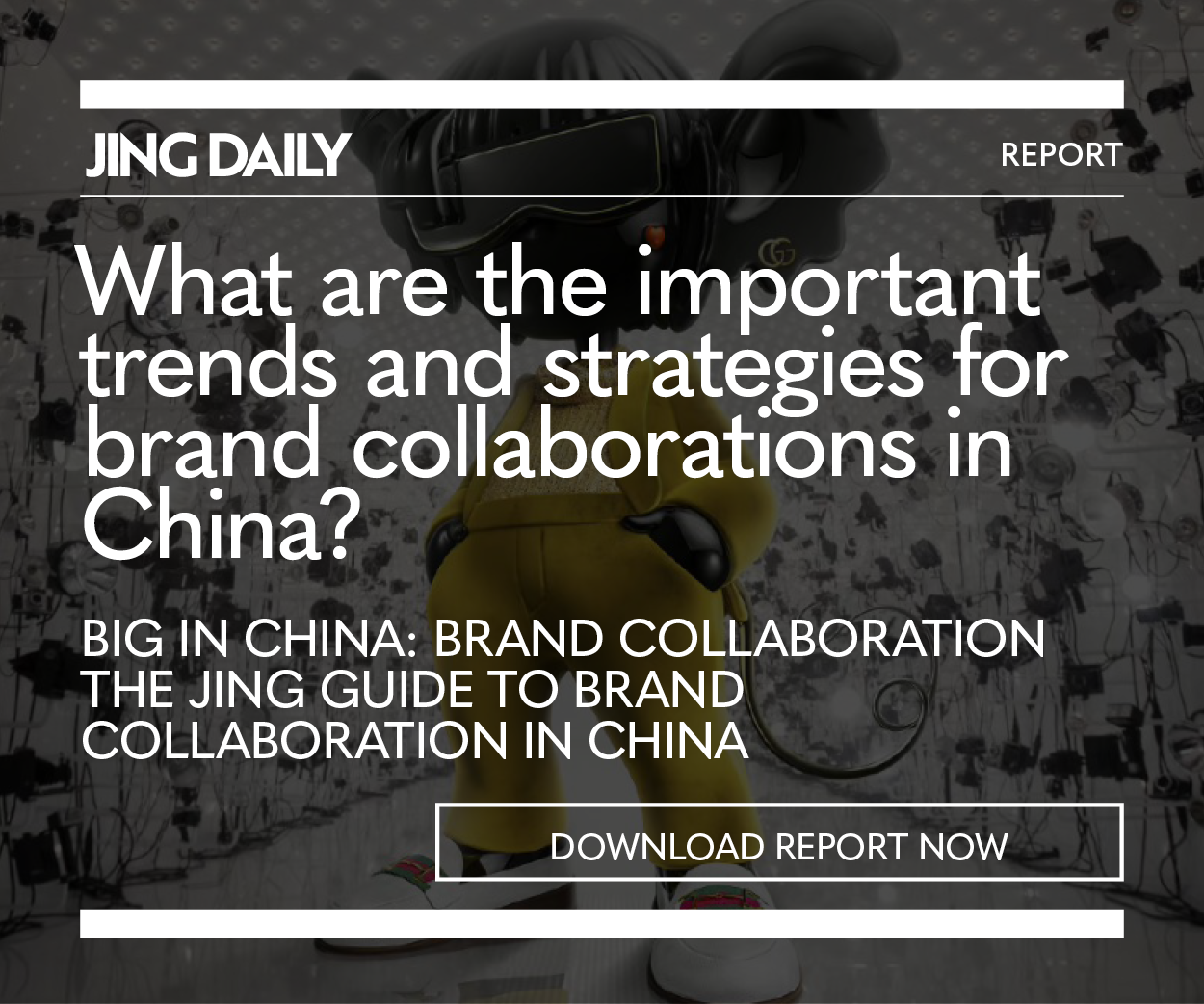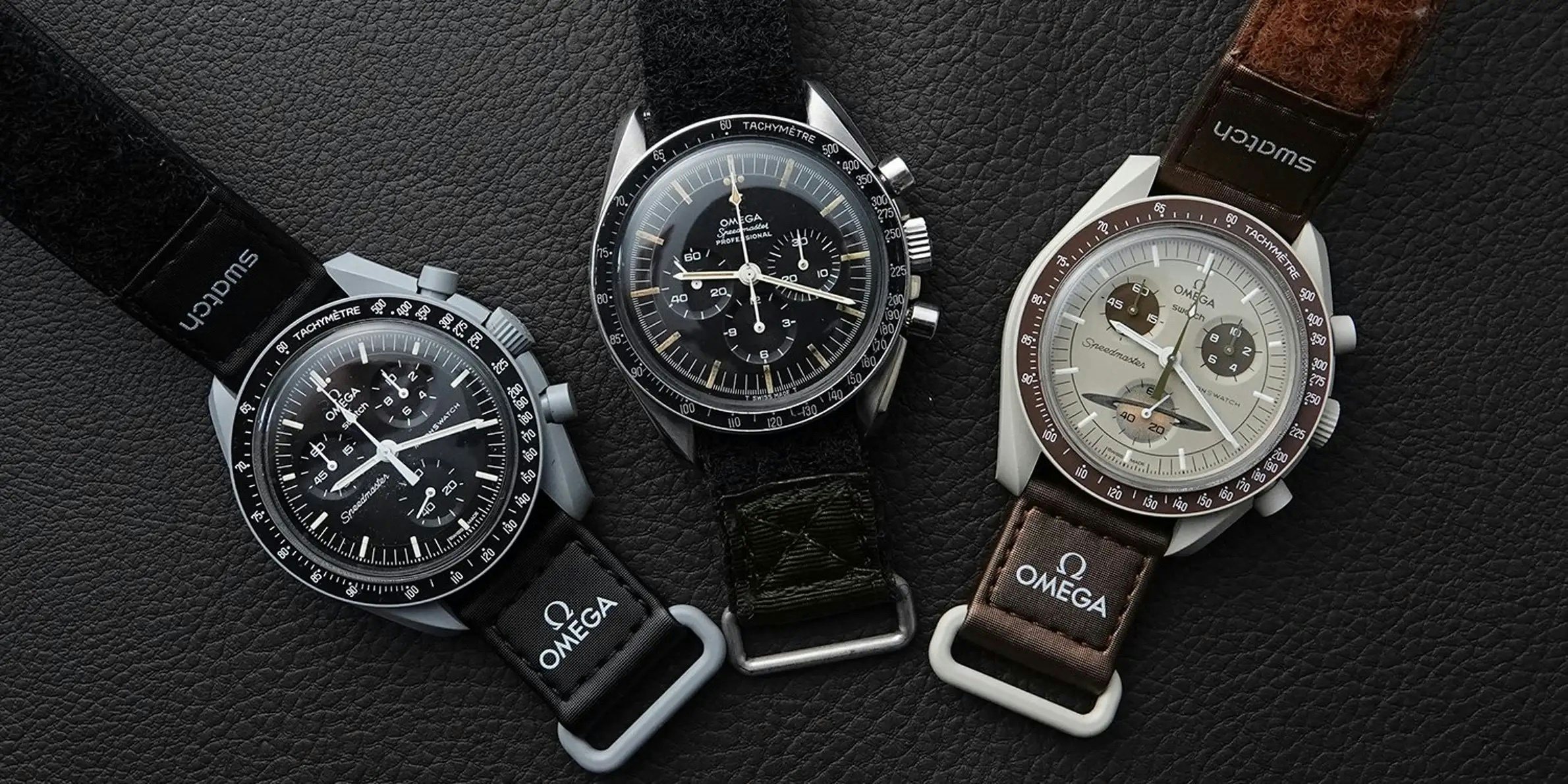Jing Daily’s latest market report, Big in China: Brand Collaboration, is an essential guide for brands to plan, execute, and promote successful, revenue-generating collaborations in the China market. Download your copy today on our Reports page.#
The most well-received brand collaborations in China do not always involve local talent. As the world’s second largest consumer of luxury goods, globally famous foreign brands joining forces have proved a hit there too. According to a 2021 ranking by Agility Luxury Brand Affinity, Chanel is the top-rated brand for Chinese consumers, followed by Dior and Hermès. In fourth position came Lancôme, Estée Lauder, and Gucci in a three-way tie.
With that being said, the collision of two foreign brands with a strong presence in China tends to mean that their collaborations perform well on the mainland. For example, Fendi’s collections with Kim Kardashian’s shapewear label Skims flourished on Chinese social media. This is unsurprising as the mega-influencer has a sizable fan base there — for context, her 2019 Single’s Day livestream with Viya attracted a record-breaking 12 million live viewers.

The “FENDIxSKIMS” hashtag raked in more than 22 million views on Weibo; the two WeChat announcements on Fendi’s official account also attained high engagement with 38,000 and 39,000 views, respectively. In terms of sales, Fashion Business News reported that all products immediately sold out on the WeChat Mini Program. According to data collected by retail data platform ReHub for this report, Skims benefited most out of the two brands across Chinese social media, with the largest share of engagement (70 percent on Xiaohongshu, and 100 percent across both Weibo and WeChat) — an illustration of how beneficial collaboration can be for a brand.
Other recent western brand collaborations that have trended on domestic social media platforms include Gucci’s Adidas collection in June 2022, and prior to that, the Gucci x Balenciaga Hacker Project in December 2021. As expected from the reach of all brands, the hashtag #GucciAria hit nearly 1 billion views on Weibo. Fendi and Versace’s Milan Fashion Week “Swap” in October 2021 also caused a social stir, reaching an impressive 80 million Chinese netizens in total.

Following the launch of the majorly hyped Omega x Swatch collaboration in March 2022, the official hashtag #MoonSwatch garnered 7.19 million views on Weibo. On Xiaohongshu, 7,900 posts mentioned “Planet Watch” (星球表), mainly referring to the collaborative wristwatch collection, while an additional 3,900 posts on the lifestyle platform specifically referenced the Omega x Swatch collection. These numbers reflect how two foreign powerhouses colliding can win over the Chinese market without local involvement.
